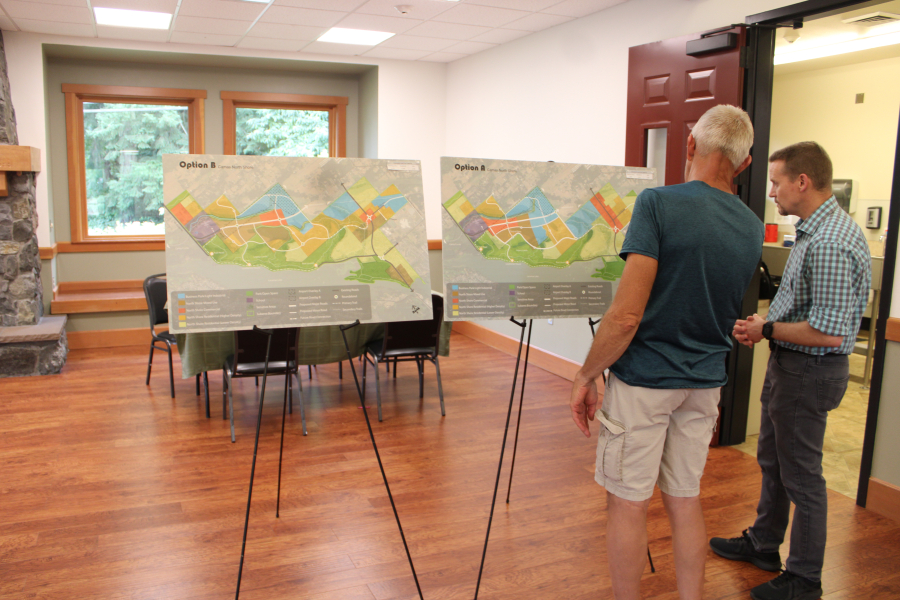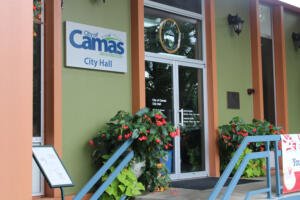As Camas city officials inch closer to implementing policies that will shape the look and feel of Camas’ North Shore area — while staying true to the eight-point North Shore Vision approved by the Camas City Council in the fall of 2020 — community members continue to weigh in on what they would like to see in the mostly undeveloped, 800-acre, mixed-use area located off the northeast section of Camas’ Lacamas Lake.
Around 50 Camas community members turned out to the city’s in-person North Shore Open House on Wednesday, Aug. 17, to give input on the land-use and transportation concepts, design guidelines and zoning designations that, if approved by the Camas City Council, will reshape the future of the North Shore, an area predicted to someday accommodate more than 8,100 residents and create nearly 1,400 new jobs.
“A lot of the feedback was based on transportation — from people who have lived along the corridor (along Northeast Everett Street) for a while and have seen it change over the past 10 to 15 years,” Camas Planning Manager Robert Maul said about the Aug. 17 open house.
Maul said he has tried to let people know the city has a plan for accommodating growth in the North Shore in its transportation master plan.
“We’ve already planned for that,” Maul said, referring to the future increase in traffic along Route 500 (Everett Street).





